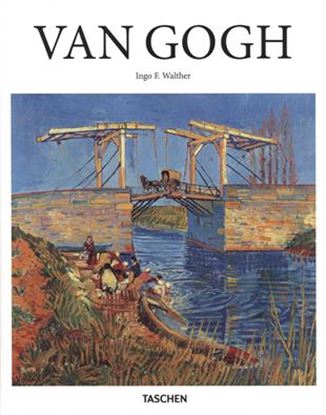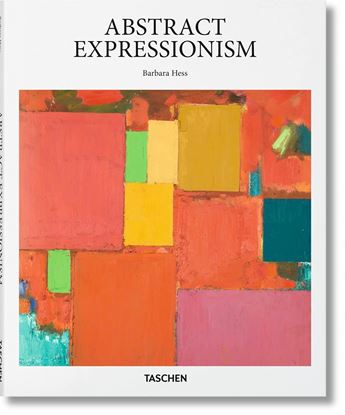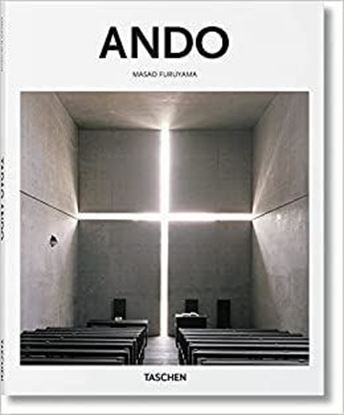

VAN GOGH (BA-ART)
Arte atormentado
El talento y la angustia de un maestro postimpresionista
Las obras de Vincent van Gogh (1853-1890) se cuentan entre las más conocidas y alabadas del mundo. En lienzos como Los girasoles, La noche estrellada, Autorretrato con la oreja vendada y en muchos otros cuadros y dibujos llegamos a identificar a un artista con un don único para retratar estados de ánimo y situaciones gracias a su maestría en el uso de las pinturas, los lápices, los carboncillos y las tizas. Repleta de ilustraciones, esta introducción al mundo de Vincent van Gogh sigue el rastro artístico de su vida, desde las primeras pinturas de campesinos y trabajadores rurales, pasando por las obras de su luminoso periodo parisiense, hasta llegar al febril estallido de su creatividad durante su estancia en el sur de Francia, en sus últimos dos años y medio de existencia.
1,350
1,013
ABSTRACT EXPRESSIONISM (BA-ARCH) (GB)
Hailed as the first American-born art movement to have a worldwide influence, Abstract Expressionism denotes the non-representational use of paint as a means of personal expression. It emerged in America in the 1940s, with lead protagonists including Jackson Pollock, Philip Guston, Robert Motherwell, Mark Rothko, and Willem de Kooning.
Abstract Expressionism spawned many different stylistic tendencies but two particularly prominent sub-categories: action painting, exemplified by de Kooning and Pollock, and color field painting, made most famous by Rothko. Throughout, Abstract Expressionists strove to convey emotions and ideas through the making of marks, through forms, textures, shades, and the particular quality of brushstrokes. The movement favored large-scale canvases, and embraced the role of accident or chance.
With featured works from 20 key Abstract Expressionist artists, this book introduces the movement which shifted the center of art gravity from Paris to New York and remains for many the golden moment of American art.
1,350
1,013
ANDO (BA-ARCH) (GB) (INT)
In this essential TASCHEN introduction to Tadao Ando we explore the hybrid of tradition, modernism, and function that allows his buildings to enchant architects, designers, fashion designers, and beyond. Through key projects including private homes, churches, museums, apartment complexes, and cultural spaces, we explore a uniquely monumental yet comforting aesthetic that draws as much on the calm restraint of Japanese tradition as the compelling modernist vocabularies of Bauhaus and Le Corbusier.
With featured projects in Japan, France, Italy, Spain, and the United States, we see not only Ando’s global reach but also his refined sensitivity for the environs: the play of light through windows, and, in particular, the interaction of buildings with water. From the mesmerizing Church of the Light in Osaka to the luminous Punta della Dogana Contemporary Art Center in Venice, this is a radiant tour through a distinctly contemporary form as much as a timeless appeal of light, elements, and equilibrium.
1,350
1,013











